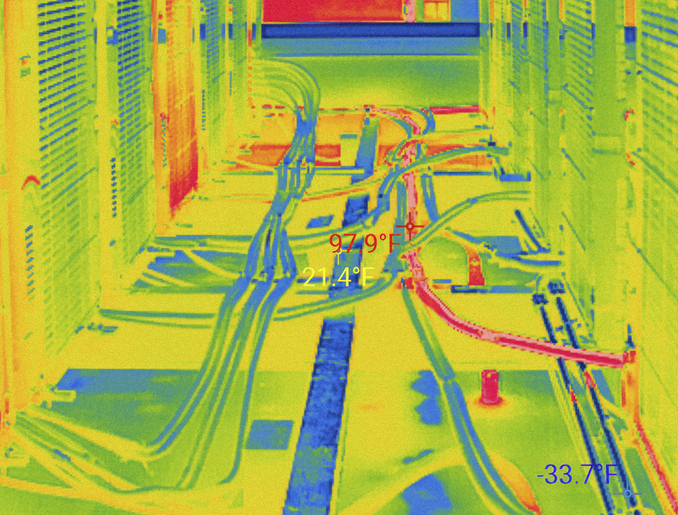Preventing Property Losses With Infrared Thermography
Posted November 20, 2023
For commercial property owners and managers, protecting facilities and minimizing potential losses is of utmost importance. One invaluable resource is infrared thermography. This advanced imaging technology is nonintrusive and highly efficient in detecting issues before they escalate into major complications. This article explores the mechanics of infrared thermography and its multiple applications in reducing commercial property losses.
How Infrared Thermography Works
The process of infrared thermography involves the detection of infrared radiation emitted by objects based on their temperature. Camera sensors equipped with highly sensitive infrared technology can detect even the slightest temperature variations across an object or surface. These sensors convert the detected thermal radiation into an electrical signal, which is then processed to produce a visual image. The resulting image displays a color palette that represents different temperature ranges, making it easy to identify hot spots or anomalies. Trained thermographers analyze these images to identify potential issues such as overheating electrical components, water leaks, insulation deficiencies or structural weaknesses.
Applications of Infrared Thermography in Commercial Properties
Infrared thermography has a wide range of applications in commercial property management, including:
- Electrical Systems: Detecting overheating electrical components like circuits, switches, and connections can help prevent electrical fires and costly downtime.
- Roof Inspections: Identifying water leaks or moisture within roofing systems can prevent damage to insulation and structural components.
- Building Envelopes: Detecting insulation deficiencies and air leaks in walls and windows can improve energy efficiency and reduce heating and cooling costs.
- HVAC Systems: Uncovering issues in heating, ventilation and air conditioning systems can ensure optimal performance and energy efficiency.
- Plumbing: Identifying hidden water leaks can prevent structural damage and mold growth.
- Structural Inspections: Detecting weaknesses or anomalies in building structures can help prevent costly repairs or collapses.
Benefits of Infrared Thermography for Businesses
The implementation of infrared thermography can greatly benefit businesses across various sectors. One of the most notable advantages is the ability to detect potential issues early on, enabling proactive maintenance to avoid costly breakdowns and downtime. This approach not only saves money but also improves operational continuity. Additionally, it enhances safety by identifying and addressing fire hazards, electrical problems and structural weaknesses, reducing the risk of accidents and injuries. By identifying inefficiencies in HVAC systems and building envelopes, infrared thermography can also enhance energy efficiency, resulting in substantial cost savings by reducing energy consumption. Ultimately, this technology helps safeguard investments, prolong the lifespan of critical equipment and optimize operational efficiency, making it a valuable asset that can greatly enhance the financial stability and overall performance of businesses.
 Conclusion
Conclusion
For commercial property owners and managers, infrared thermography can be an invaluable tool in preventing significant losses. It helps identify problems at an early stage, ensuring safety and improving energy efficiency, which ultimately saves money and protects investments. By including it in a thorough maintenance plan, commercial property owners can experience greater financial stability and peace of mind. Please contact us today for additional guidance on commercial property risks.

 Conclusion
Conclusion